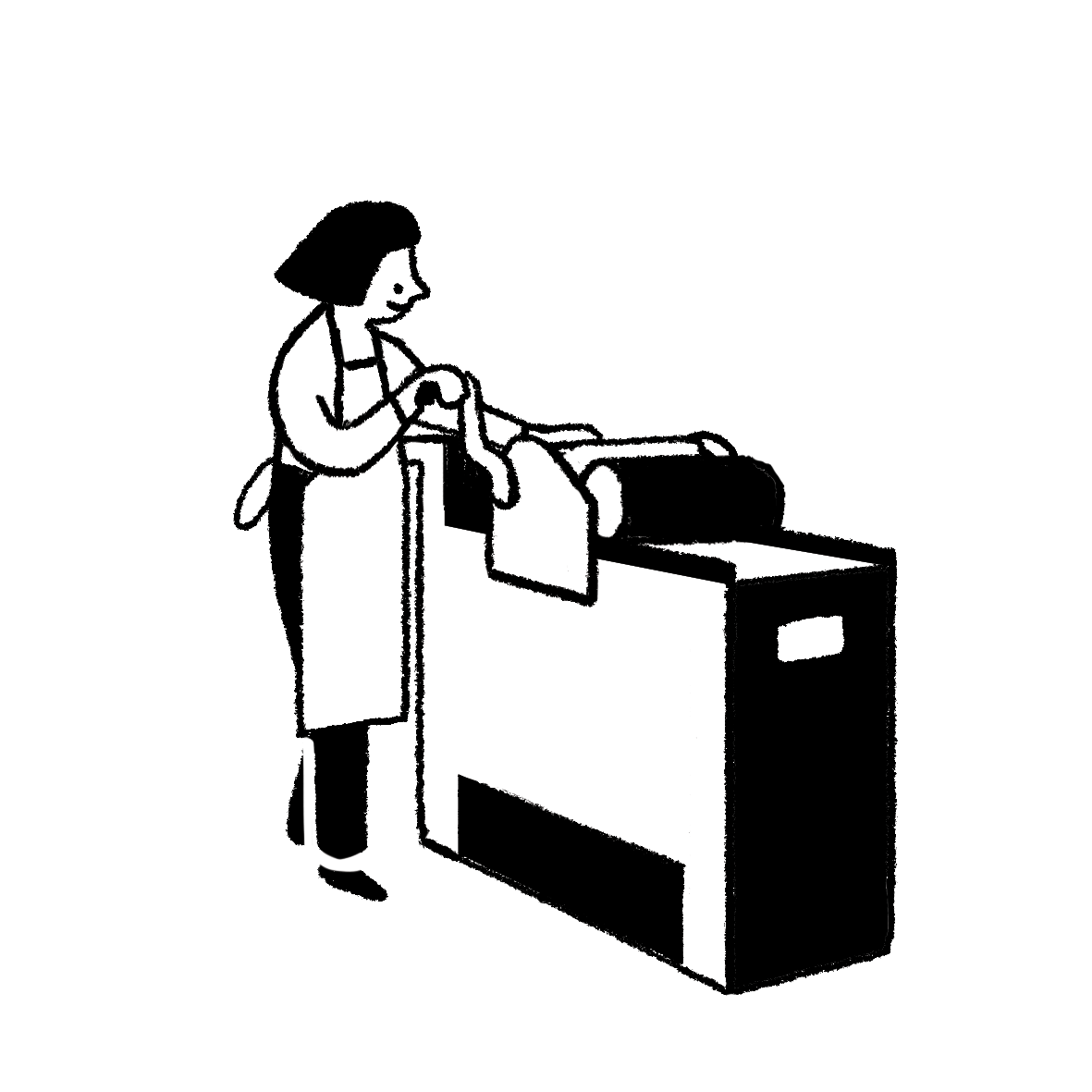About Letterpress

What is Letterpress?
What is Letterpress?
Letterpress printing is a printing technique whereby raised wooden or metal plates are arranged and inked before pressure is applied onto paper. This transfers any design from the plate onto a sheet of paper. Originally developed in Europe in 1445 by Gutenberg, letterpress printing was first popularized and passed on since over 50 decades. However, with the rise of digital printing in the 1970s, letterpress techniques became out of use. But due to their unique finishes and craftsmanship, the technique was re-adopted by creators and designers alike, opening many letterpress studios in recent years mainly in the UK and the US.
Why is Letterpress?
The charm of Letterpress
The embossing effect created by letterpress came to be appreciated as the uniqueness and beauty of this craft.
By increasing the pressure applied and carefully choosing the paper type, the embossing can be accentuated, and the outline of letterpress blocks can be seen much more clearly on the surface.
This has attracted the curious minds of creators in recent years, leading them to re-adopt this technique as a method mixing craft and design.


How to Letterpress?
Letterpress method
Letterpress prints are all inked and printed by hand. After placing the letterpress blocks onto the machine bed and applying ink to the surface, individual pieces of paper are inked one by one manually. Because of this, it is very difficult to produce a large number of prints at once. With the slight variations of pressure, speed, and inking when printing, each print is unique with its own intensity of color and character. On the contrary, we believe that this is the beauty of letterpress printing!

